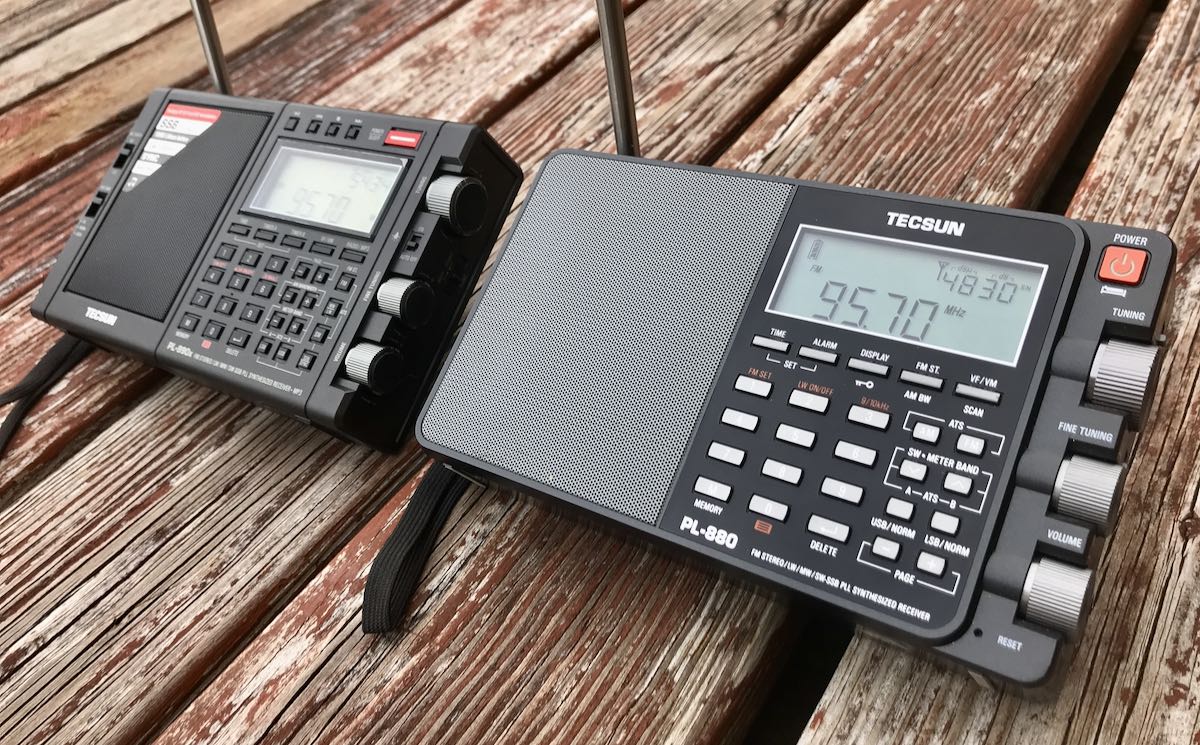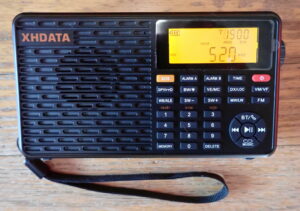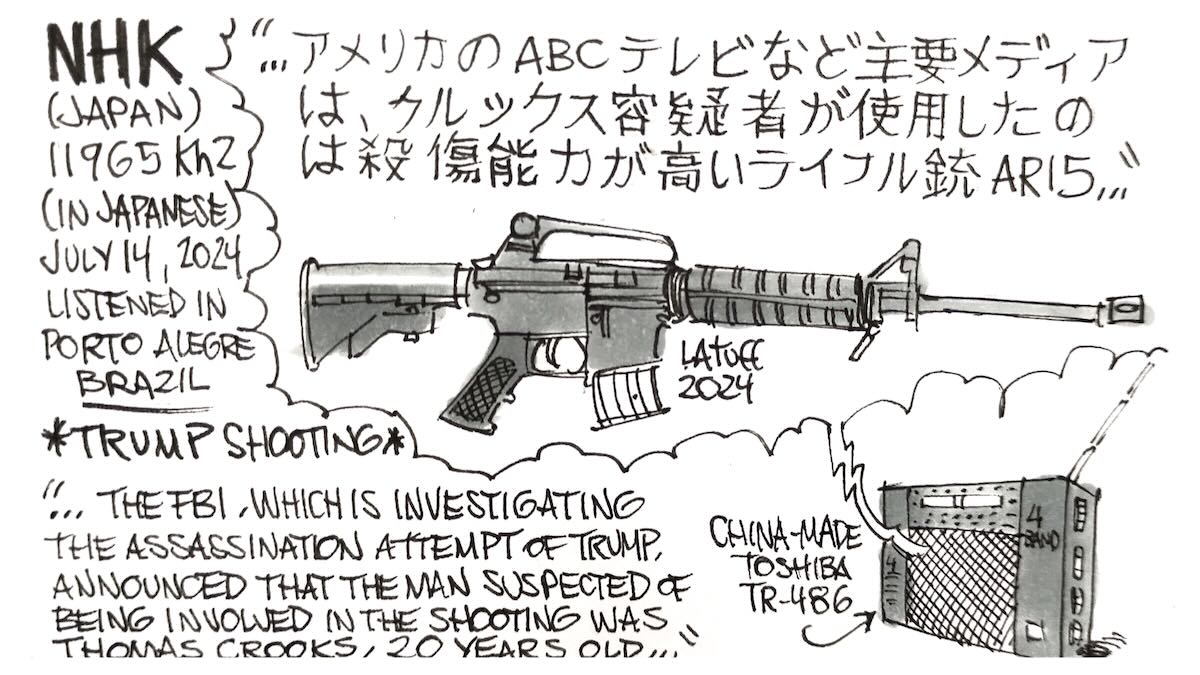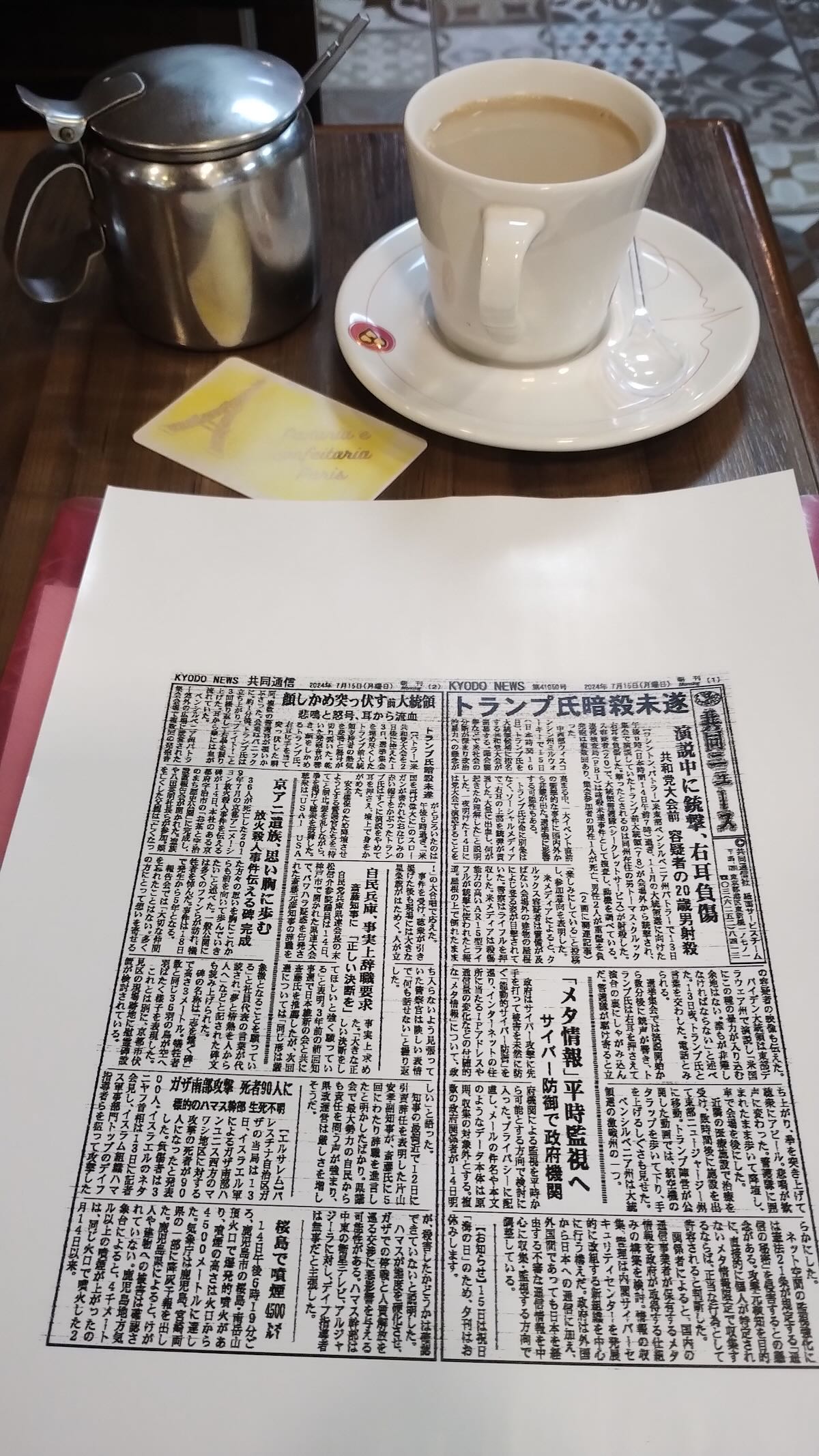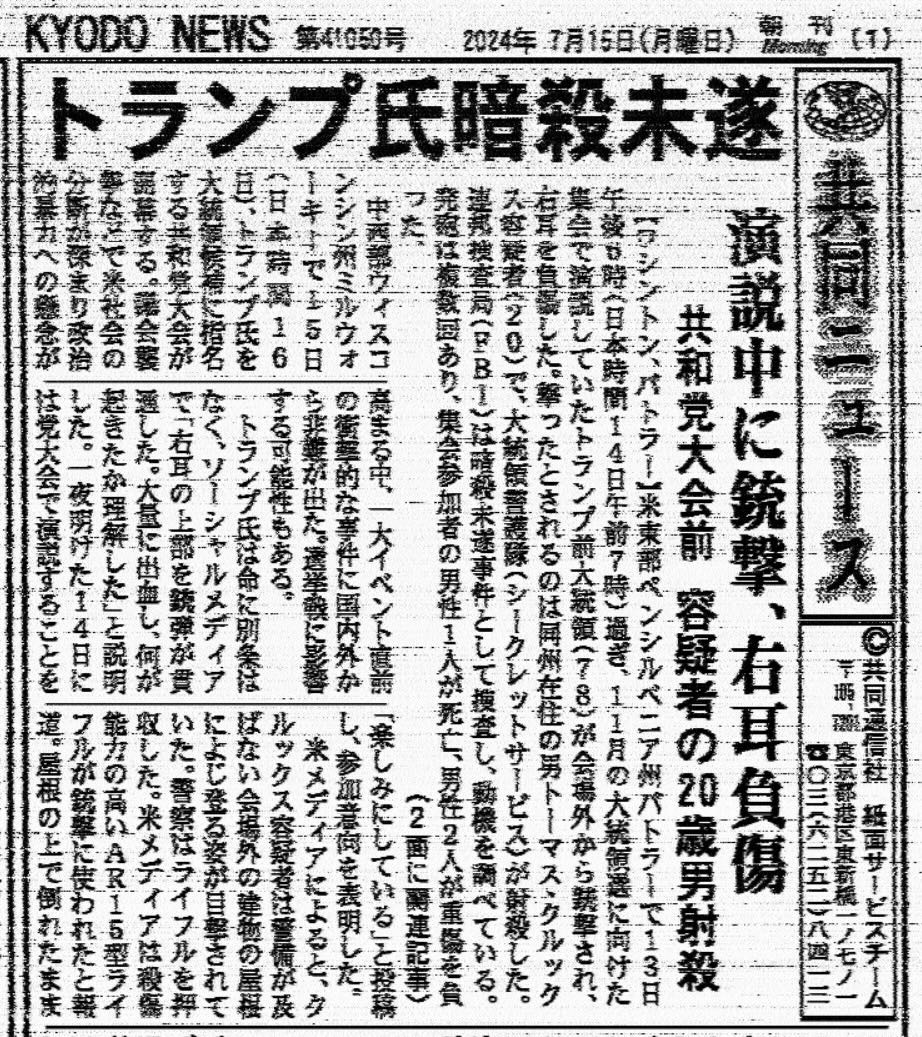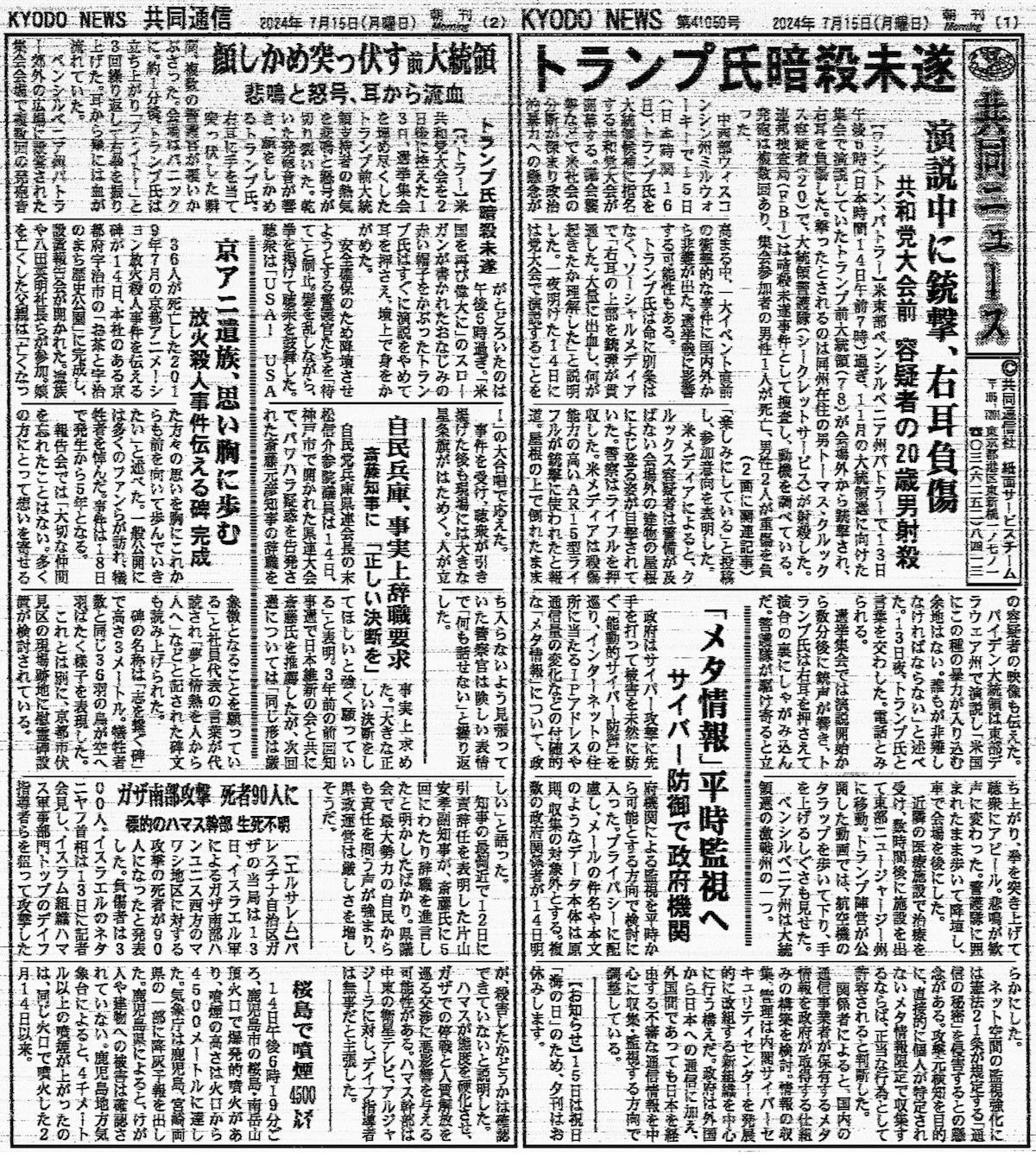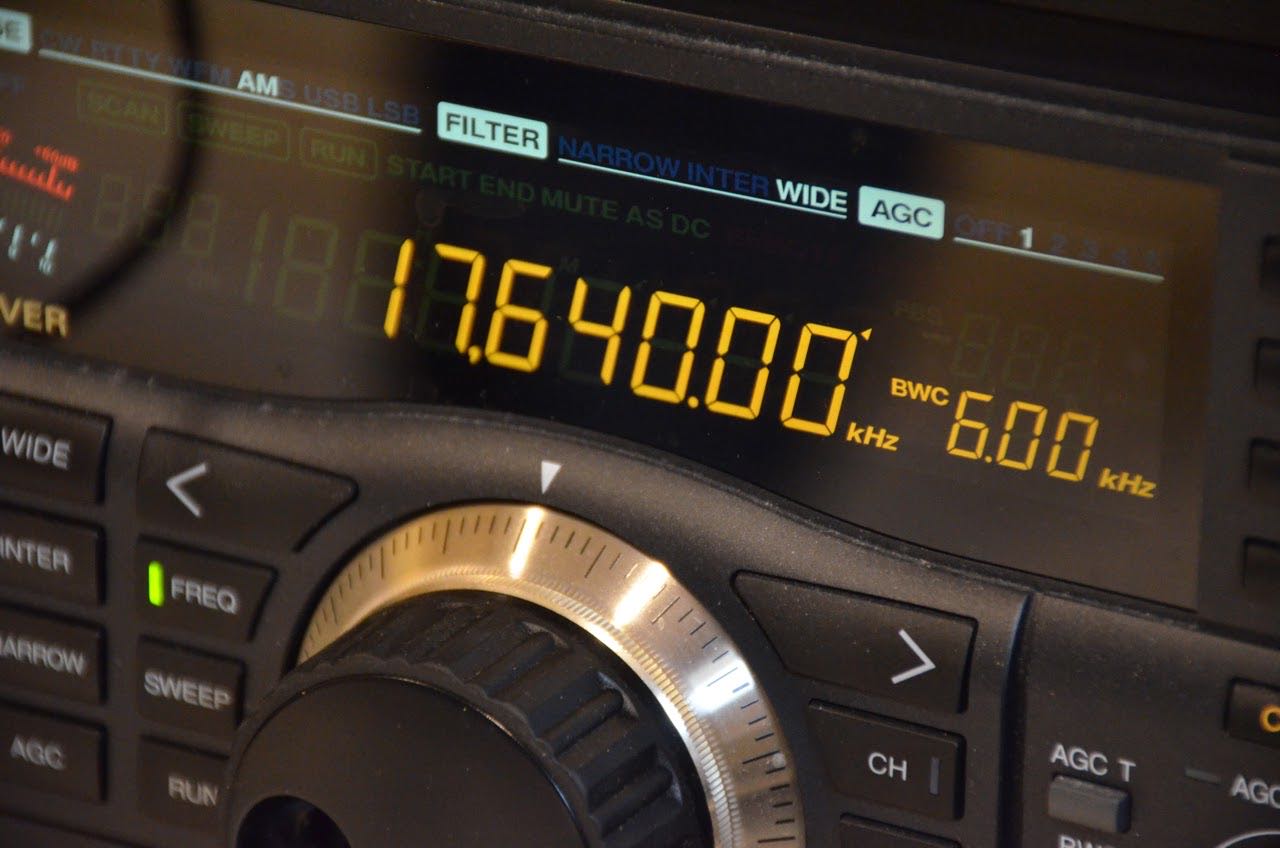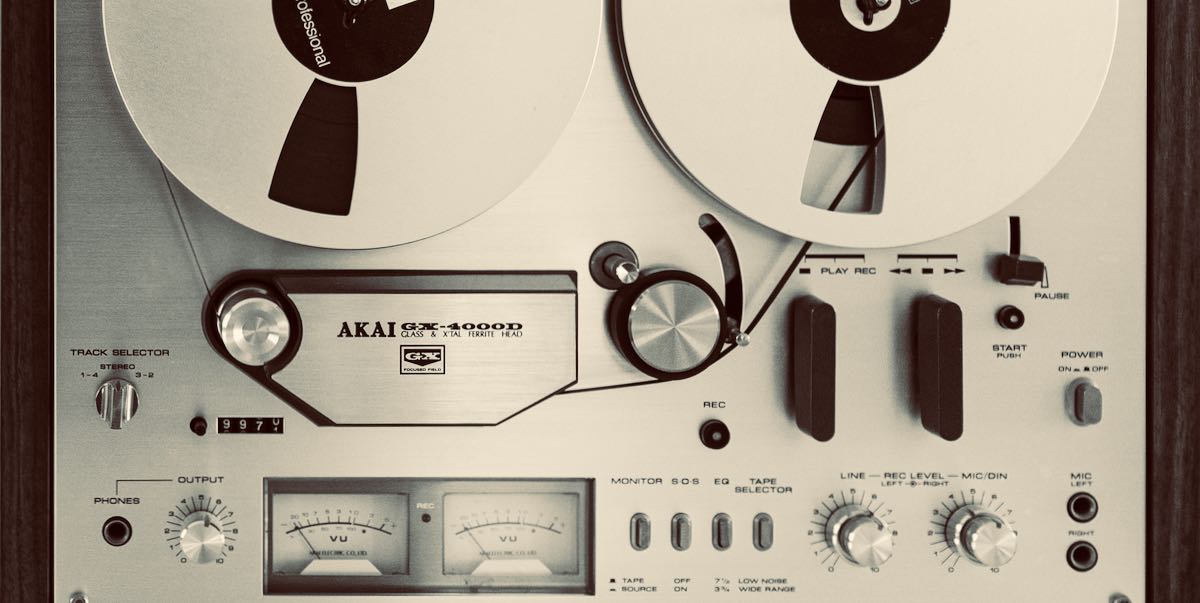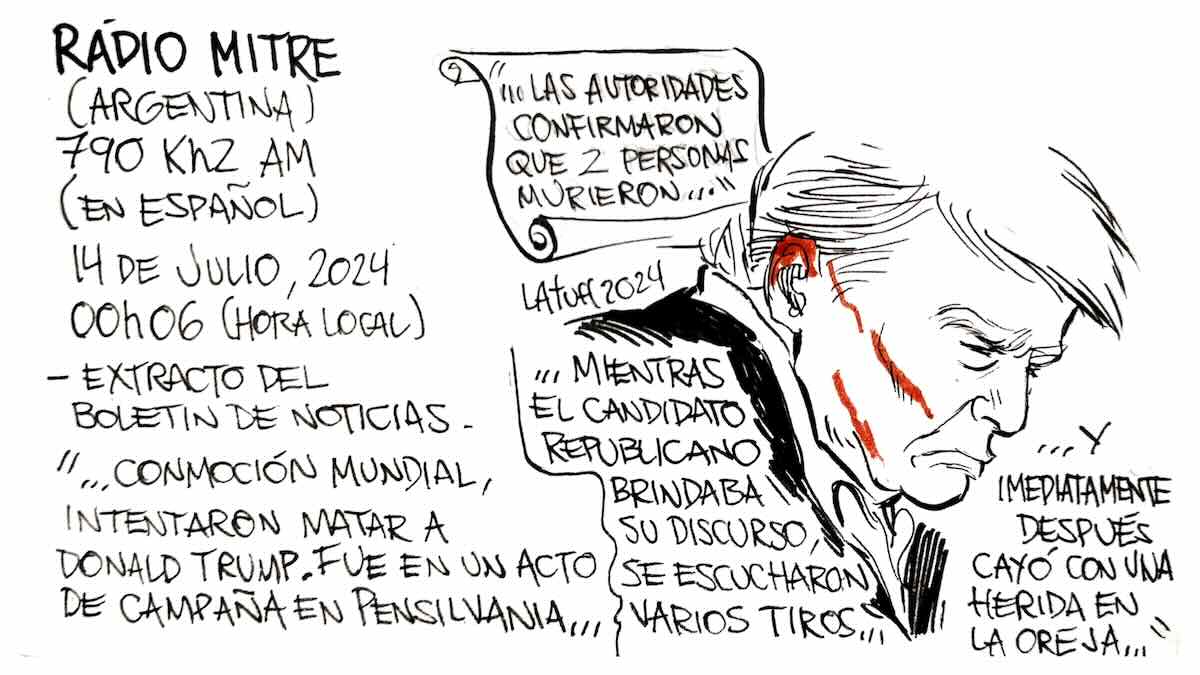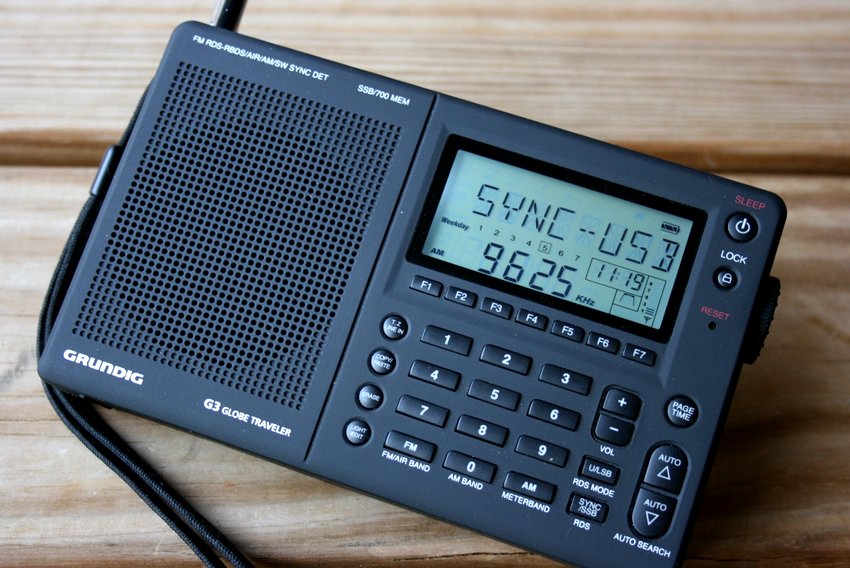 Many thanks to SWLing Post contributor, Alan, who shares the following article from Red Tech:
Many thanks to SWLing Post contributor, Alan, who shares the following article from Red Tech:
Medium wave’s sunset in Europe (Red Tech)
GENEVA — European medium-wave transmitters are going silent. On April 1, the BBC shut down the nine transmitters that had previously brought BBC Radio 4 in AM to the whole country. Since January 2018, the British public broadcaster has started to switch off the AM transmitters for its local stations. Looking ahead, it plans to abandon the band totally by 2027 at the latest.
This trend goes beyond the BBC. In the last years, British commercial broadcasters have also switched off AM transmitters. In the case of Bauer Media, not a single AM transmitter remains operational.
The United Kingdom is the last fortress of AM transmission in Europe. Over the last 15 years, many other countries disconnected their last AM transmitters — Austria (in 2008), Switzerland (2010), Ireland (2012), Germany (2015), Belarus (2016), Albania (2017) and Belgium (2018), to name a few. More than 20 European countries have ceased AM transmission. Across the continent, less than 100 AM services remain active.
Notwithstanding, AM still resists against all odds in markets such as Estonia, Greece, Hungary, Poland, Portugal, Romania and Spain, among others. However, many big broadcasters still relying on this technology have often reduced their transmission power without receiving complaints from the audience. This is a strong signal about how the future may look like. [Continue reading…]

